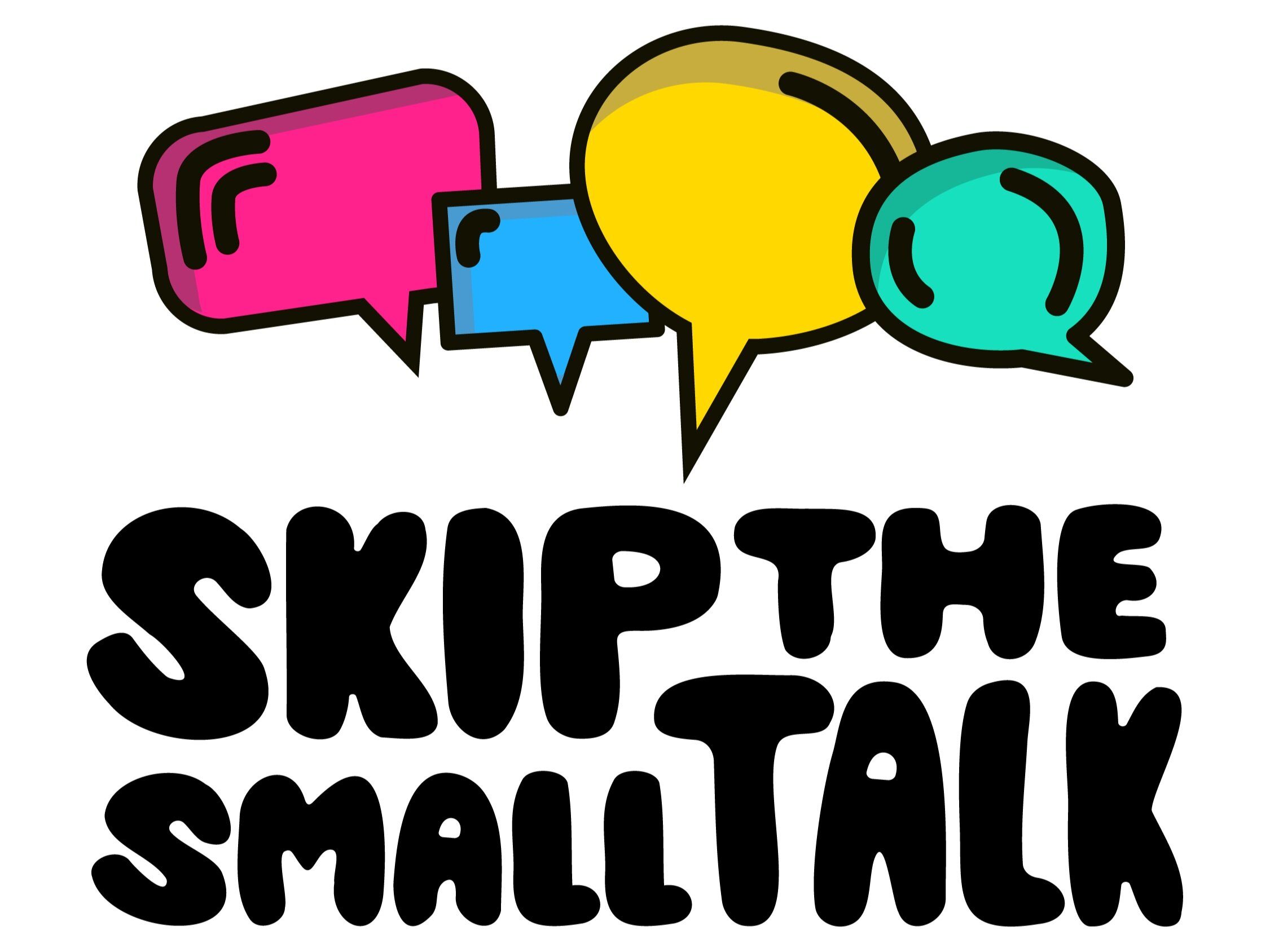A strategy for dealing with anger
Unless you were raised by Mr. Rogers, himself (content warning for some older ways of viewing gender 1:25-1:35), chances are that you didn’t get much education about how to cope with anger. Anger often comes with a sense of restless energy that won’t relent until it’s dealt with, but “dealing with it” in the way that might feel most natural could lead to bricks in windows, fists in walls, and other situations that might get you into more trouble than they’re worth. So, what’s a pissed off person to do? We’ve developed a simple-but-effective go-to strategy for when you’re feeling angry.
Get that restless energy out. The goal here is to tire yourself out and calm yourself down. Treat yourself as if you’re a puppy with too much energy. So you might need to exercise, or to stimulate your vagus nerve in a different way to get yourself to a place where you’re calmer.
Now, it might take more than one try to calm yourself down physiologically— anger developed over millions of years to drive us to take big actions like physically fighting and running, so maybe give yourself more than 5 minutes to chill out. Expect to spend at least 30+ minutes calming down, and don’t be surprised if you need significantly more than that. That’s totally normal!
If you’re already thinking, “But I don’t have time for that!” I totally get it. Resolving anger is time-consuming and it’s unfair that you’re the one who has to do all this work to chill out when in all likelihood, you’re angry because someone else hurt you. That is deeply unfair and I’m so, so sorry that anger can be a bit ole pain in the butt to work through when so often, you have to do all this work WHILE feeling really hurt and possibly feeling alone. But the reward is getting to deal with anger in a way that (hopefully!) feels good to your soul and getting to act in ways that are aligned with your values instead of inadvertently acting out and hurting others in response to the hurt that was done to you. And that seems worth the time, if you can swing it.
Also, as you do this more and more, it is likely to take less time as you learn what works best for you and what doesn’t.Feel your sadness. As Liza Palmer says, “Angry is just sad’s bodyguard.” So, once you’re all tuckered out from step 1 and feeling calm, this is the part where you can explore the sadness under your anger.
Personally, I find it incredibly challenging to resolve anger without understanding the sadness underneath it. So, I recommend taking some time to ask yourself the question, “What am I sad about?” If you can’t think of anything, you might want to repeat step one until you’re a little calmer. Or, you can ask a friend or therapist or stranger for help in figuring out where the sadness might be.
Often, the sadness can look something like, “I’m sad that somebody didn’t consider my feelings,” or, “I’m sad that there wasn’t enough space for my needs in an interaction.” Wherever your sadness is coming from (and it’s likely coming from more than one place), digging into it a little to figure out what you’re feeling sad about can help inform your next steps.Validate your sadness. This is the step that people are often tempted to skip. I think it makes a huge difference, though, so I highly recommend it if it’s feasible for you.
Take the time to share your sadness with someone you trust (again, friends, therapists, and friendly strangers are all great candidates). Having another human witness your feelings and tell you that your feelings make sense has some serious magical powers that I’ve seen time and time again when I volunteered at a suicide hotline. So please don’t deprive yourself of the healing that being heard and understood can offer.
And if you don’t get the response that feels good to you the first time, try sharing it with someone else until you feel like someone really “gets” you. This may take a couple tries, but I think it’s worth it.Plan and take any relevant actions. Often, exploring sadness will lead you to an action step. It can be something like “I need to set a boundary with this person who made me angry,” or, “I want to have a metaconversation with the person who made me angry,” or even just, “I want to just live my life for a few days and then revisit what I want to do about this situation.”
Sometimes, though, you may not need or want to take any action steps, and that’s great, too! We may just need to work through our anger and sadness, and that, itself, is the action step we needed to take. So if you think about action steps and can’t think about anything that would improve your quality of life, that’s totally fine, too.
If this resonated with you, I’d recommend doing some planning so that the next time you’re angry, it’s easy to go through these steps. When you’re angry, the part of your brain responsible for planning and decision-making is often pretty hard to access (it’s not your fault— blame evolution!). So the easier you make this on yourself, the better!
Let us know in the comments if this was helpful or if you have any other tips for coping with anger!

